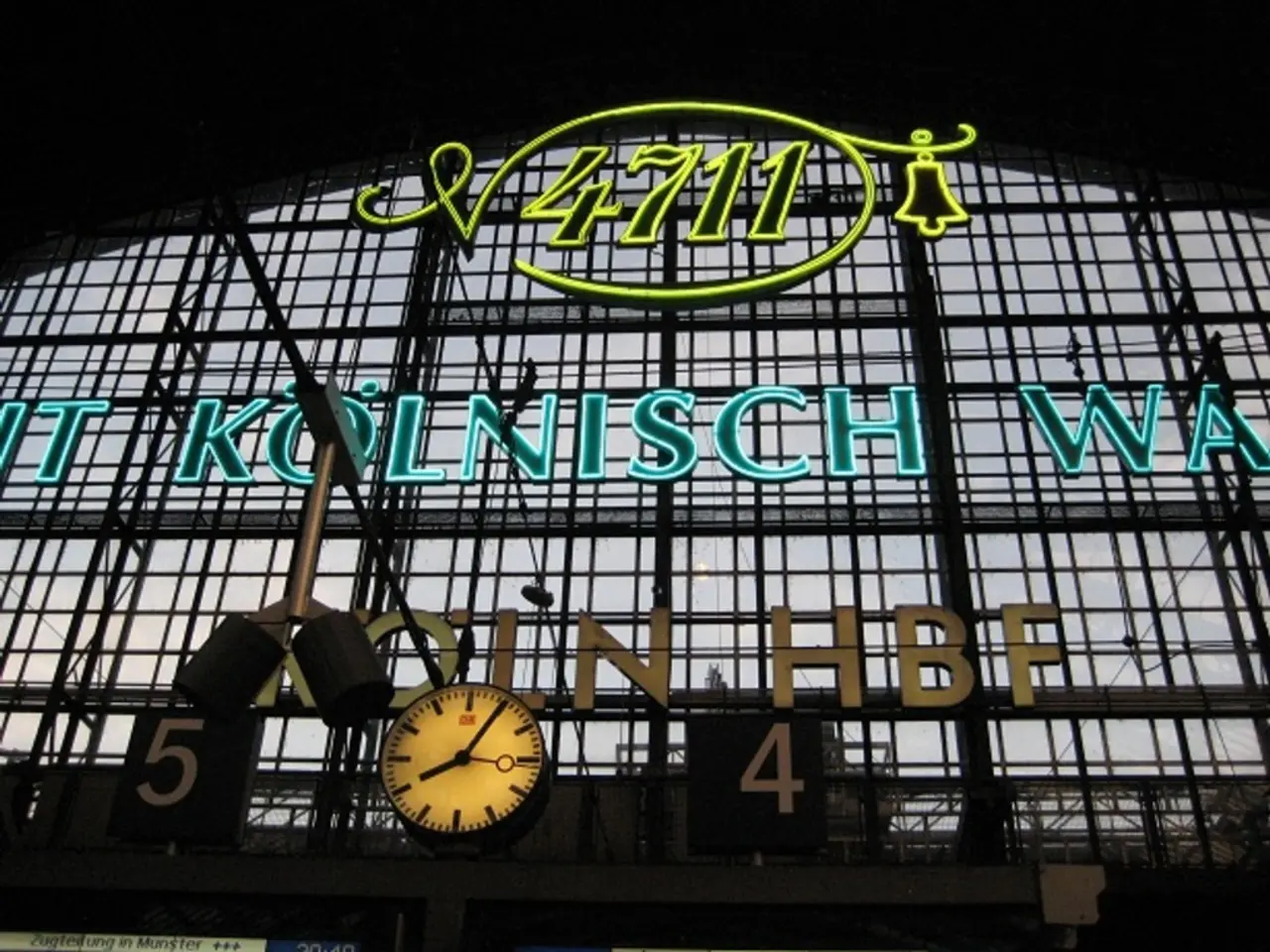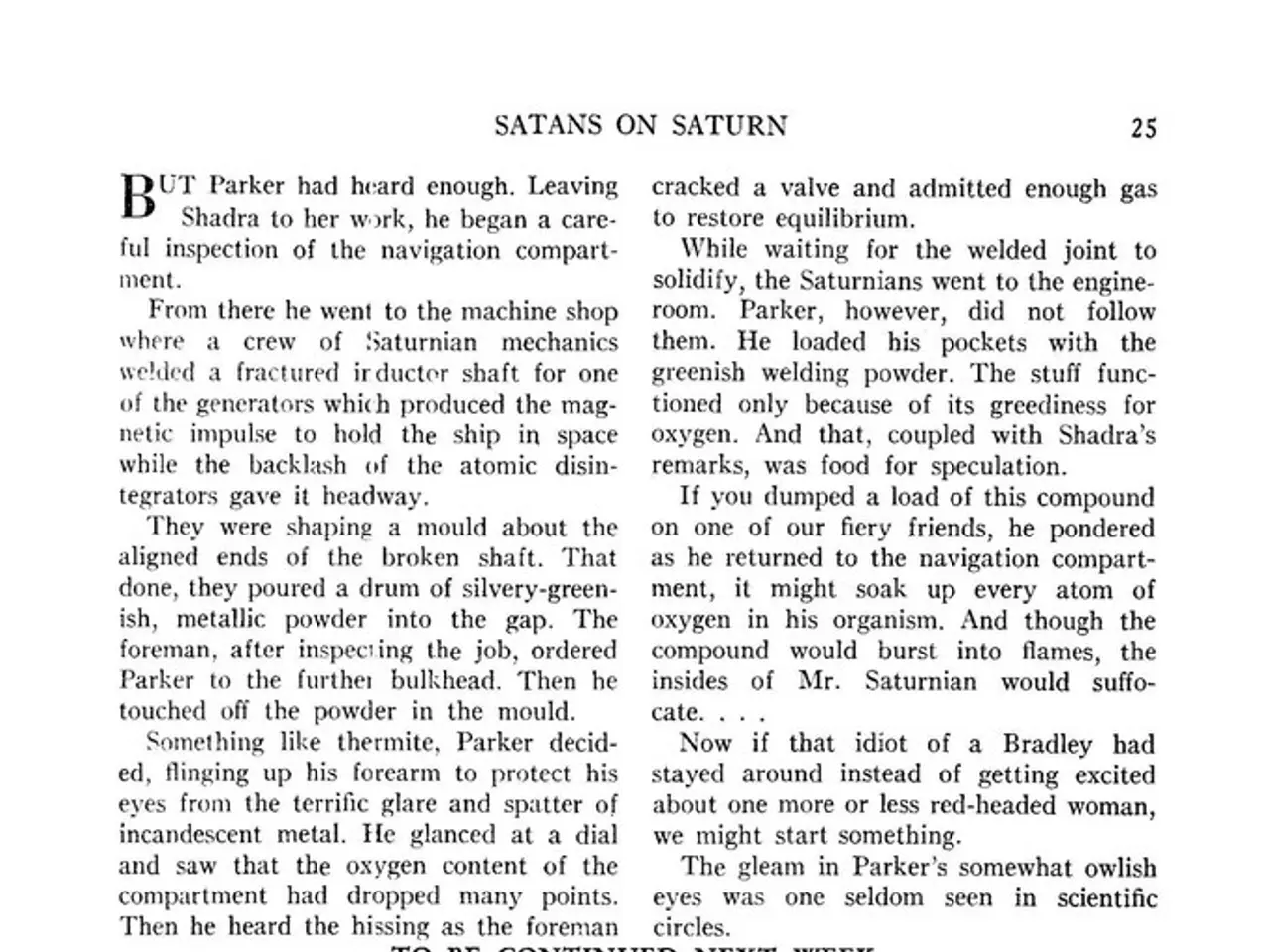Finnish capital, Helsinki, sets a remarkable precedent with zero road fatalities in one year period.
Helsinki Achieves First Year of Zero Traffic Deaths Through Vision Zero Approach
Helsinki, the Finnish capital, has made history by recording its first year without a single traffic-related casualty. This remarkable feat is a testament to the city's commitment to road safety and its implementation of the Vision Zero safe system.
The city's achievement is a result of years of targeted efforts by the city authorities. Roni Utriainen, a traffic engineer in the Urban Environment Division of the city council, stated that reducing speed is one of the most important factors in achieving this feat. As a result, about half of Helsinki’s streets have a maximum speed limit of 30 km/h since 2021, reduced from the previous 50 km/h. These limits are being extended to all school zones to increase pedestrian safety.
Lowering speed limits has been shown to halve the risk of pedestrian fatalities. Automated enforcement, using multiple traffic cameras, ensures compliance and deterrence. The city uses fines scaled to offenders' income to maintain compliance.
Helsinki has also reshaped its mobility infrastructure to reinforce safety and reduce car use. Roads have been narrowed, trees planted, and roads designed to feel less 'comfortable' for drivers, making them more alert and cautious. This psychological traffic calming complements physical measures.
The city has developed a comprehensive network of over 1,500 kilometers of bike paths and invested in improving pedestrian crossings. Substandard crossings have been addressed to enhance safety.
Helsinki applies a systemic, evidence-based urban planning and transport strategy that continually adapts and improves safety measures. Special measures target protecting vulnerable groups such as children, cyclists, and pedestrians. The city's long-term commitment to its 'Vision Zero' policy, aiming to eliminate all road fatalities, appears to be paying off as the city has replicated and sustained this outcome year after year.
The city benefits from Finland's national system for crash analysis, where all crashes resulting in fatalities or serious injuries are reviewed by a multidisciplinary investigation team. Traffic-related injuries in Helsinki between 2003 and 2023 plummeted from 727 to just 14.
The achievement of Helsinki has caught the attention of European policymakers. EU Transport Commissioner Apostolos Tzitzikostas warned that most member states are not on track to meet the EU's goal of halving road deaths by 2030. Helsinki has expanded its network of speed cameras, deploying an additional 70 across the city.
In summary, Helsinki’s zero traffic death year results from significant speed reductions, automated enforcement, safer urban design, investment in active transport infrastructure, and a long-term data-driven Vision Zero policy framework. The city's approach emphasizes that any serious injury or death is unacceptable and that road systems must be designed around human limitations and safety.
- The success of Helsinki's Vision Zero safe system has sparked interest in the eco-conscious transportation industry, encouraging other cities to adopt similar approaches as they strive to meet the EU's goal of halving road deaths by 2030.
- In line with its commitment to prioritizing lifestyle improvements andHOME-AND-GARDEN amenities, Helsinki's financial resources have been allocated towards creating a comprehensive active transport infrastructure, encompassing over 1,500 kilometers of bike paths and improved pedestrian crossings.
- As part of the city's long-term lifestyle transformation, the implementation of Vision Zero policies extends beyond road safety measures, touching upon the urban design and greenspace of the city, with initiatives such as planting trees and narrowing roads to enhance safety and eco-consciousness.




